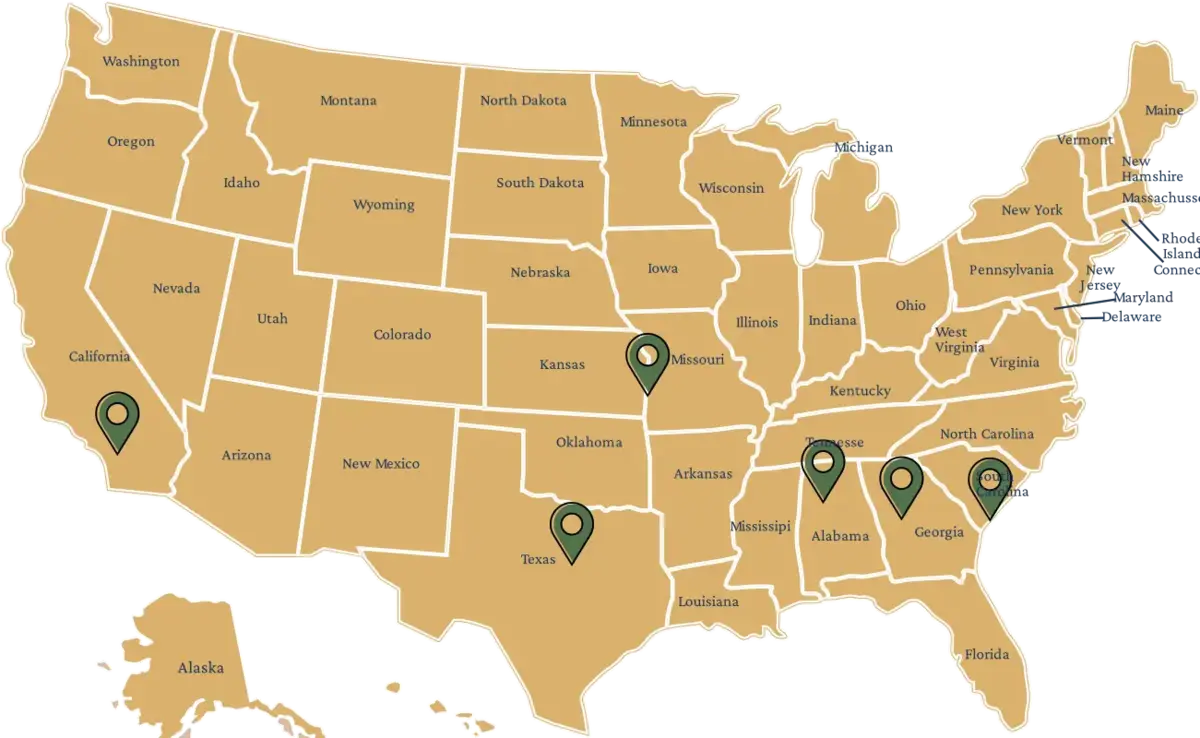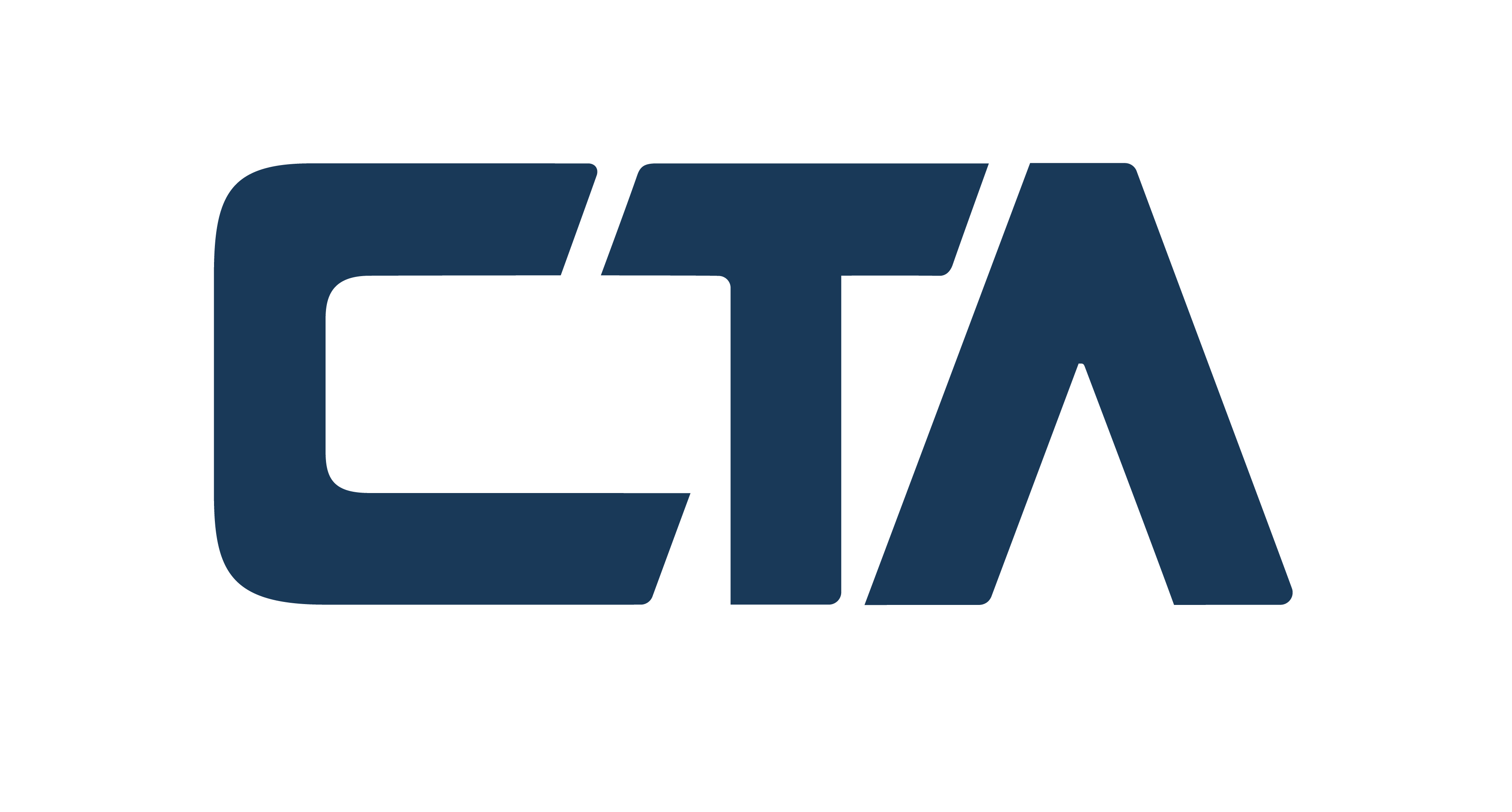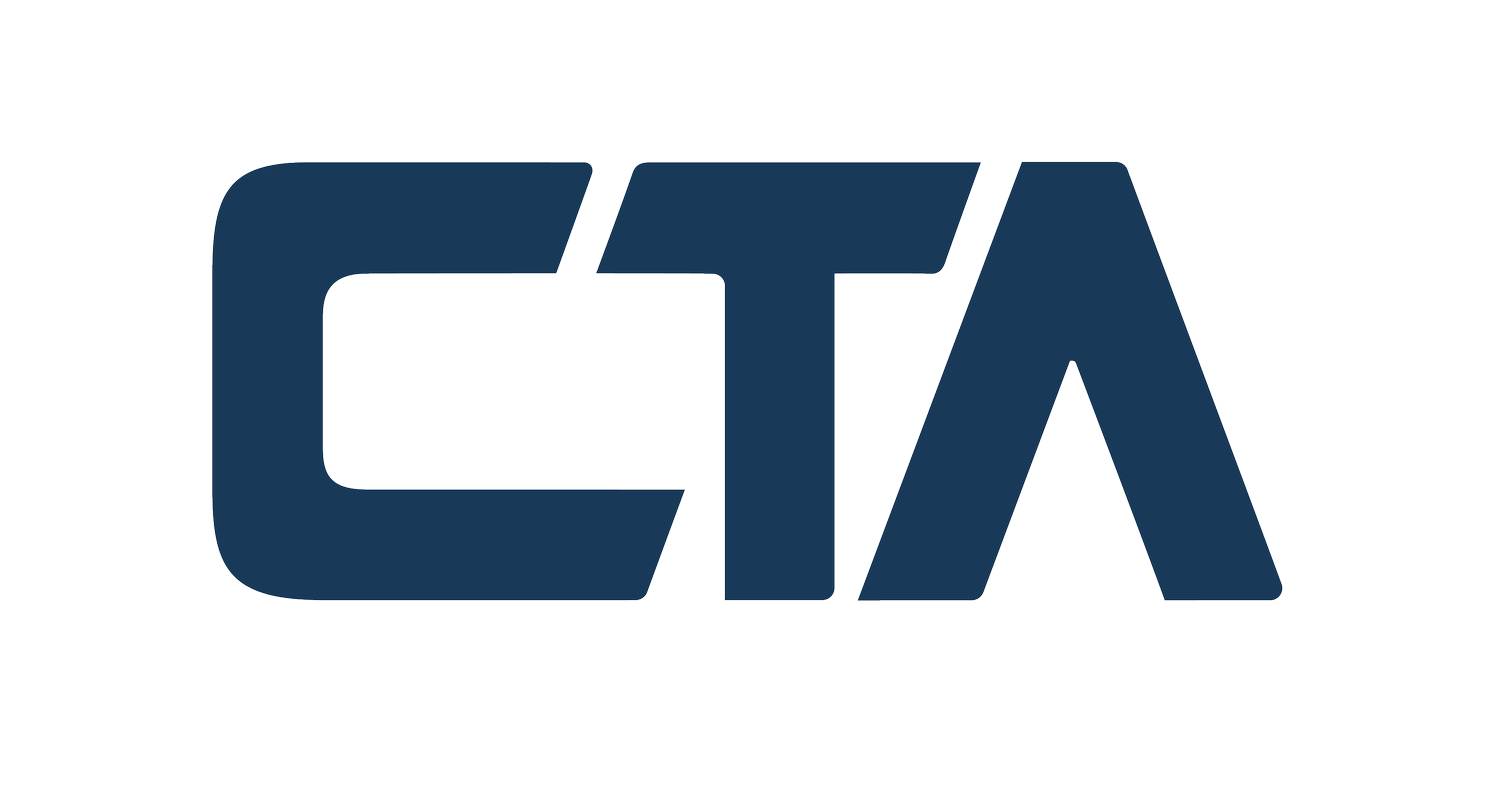TAX CREDIT EVALUATION SERVICES
Our Free Tax Credit & Incentive Consultations Explained
A frequent lecturer at accounting and business events, Jordan also is one of the first people you may speak with at CTA at the beginning of your journey to getting the tax benefits for which your business is entitled.
He works with 100s of companies annually that are just learning about tax credits and incentives specific to their business and location.
Jordan was kind enough to talk us through how an initial conversation works with a business owner or executive who thinks they have overpaid their taxes and believes they (and their CPA) may need a tax credit advisor.

Are You Considering Reaching Out to Our Team for a Consultation?
We asked Jordan to share advice for companies and CPAs who have never explored qualification for tax credits and incentives programs.
Jordan, you talk with business owners and executives from all over the country who are just starting to explore tax credits for which they have qualified for years…what are some of the reasons that more people are not aware of all the programs?
A: Tax credit programs are ever changing and what we call activity-based incentives. Whether that is creating a job, spending capital on certain activities, or expanding to new locations, etc.
Most CPA firms across the US do not handle tax credits and incentives work in-house due to bandwidth, the complexity of staying current on all the related legislation, and having staff dedicated to just incentive work.
And that’s one reason why 75% of our work comes from CPA referrals from our great partner network. It’s a win-win because we don’t provide any traditional accounting services.
Are people afraid to apply for tax credits and incentives? If so, why?
A: I would not say afraid.
I would say hesitant in some cases though as they do not understand the programs. There’s a lot of confusion overall with the sheer number of programs and the complexity of how are they explained within the tax code.
Since we only do this type of work and our staff includes accountants, lawyers, and engineers, we’re in a much better position to stay in-the-know and be on the lookout for what’s around the corner.

For that reason, we’re also frequently invited to teach on these topics within accounting continuing education programs.
Anytime we are speaking with someone who is evaluating tax credit eligibility that is not a CPA referral, the first question is “why did my CPA not tell me about this?”
So we have to overcome that with simply: these are activity based credits and easily missed if not evaluated annually.
In some ways, it’s like medicine. You can’t expect your family doctor to be 100% up-to-speed on what a brain surgeon knows. It’s a natural collaboration in the same way.
In your opinion, why do credits and incentives exist?
To promote initiatives of state and national interest including innovation, jobs, economic growth and spend in certain locations and verticals.
Both federal and state governments want to promote jobs growth and spending in certain areas that they feel will be beneficial in the long term and will incentivize companies to do so. This is isn’t loopholes or a partisan issue.
At the government level, there’s a long history of making it worthwhile for the private sector to engage activities that are deemed as more desirable than others.
What are “Stacking” benefits?
A: There are opportunities where companies can qualify for multiple incentives based on their activities and growth.
Many programs have both a state and federal benefit. That’s more straightforward.
But there are also simultaneous opportunities that cross categories, and there are often rules that basically say that if you go this path, you cannot go another path.

Since we work only in this type of work, we’re uniquely positioned to look at all of the possibilities and determine the most tax-advantaged approach for each business.
So think of this type of work as similar to your personal accountant looking at whether you should file as “married filing separately” or “married filing jointly.” Household by household, the optimized choice may be different.
For us and our clients and CPA partners, it’s even more complicated but that’s what we do.
So talk me through a first conversation with a business owner or executive. How should someone prepare to make the most of the call?
A: Our main priority in an initial conversation is to educate the owner/executive on the background of the credit, how it could apply to them and walk through qualifying activities and if they would be eligible for the incentive.
We also want to confirm that utilization of the benefit would make sense.

These credits are great but only if they can be utilized against a tax liability, transferred, or a carryforward makes sense.
We always suggest adding someone to the call that is in finance and also someone who can detail out the daily activities of the company.
Most calls take less than an hour, and we can confirm eligibility and provide a high-level estimate of the benefit in the first call.
What are some of the questions the CTA Team needs to ask on an initial consultation?
A: We want to be sure we understand which of all the programs we support are possibilities for the client at federal level and any states in which they operate.
Then for each of those, the questions become more specific.
R&D tax credit consultations will focus on questions around activities related to new design, developments, processes and products being developed both internally and on client projects. We will ask some general questions about wages, supply and contractor expenses related to those activities.
Jobs Credits questions will focus on number of hires, location, wages and timing of hires.
For 179D Green Energy Credits, we typically ask for drawings and project scope and will ask questions related to the project to confirm eligibility.
For ITC Clean Energy Credits, we want to know what expenditures have been made.
For Cost Segregation, we’ll dive into the details of the property.
What level of detail do you need for the answers?
A: We want to get a general understanding and be sure our estimate is accurate enough for a go/no-go analysis. Our work is always ROI-positive if it is.
So a reasonable amount of detail is helpful for these calls, but the real work during our studies is what gets us to our final numbers.
How long does an initial call typically take?
Typically less than an hour.
What are potential outcomes of the call?
No Go: We’ve helped you determine you don’t qualify and you aren’t missing an opportunity. You’ll leave with a better understanding of the relevant programs and whet
You Qualify: Great, you have the opportunity to offset your tax liability. We may even be able to capture credits missed during past tax periods and we’ll work to put cash back in your pocket.
What’s the cost to a potential client?
A: There is no cost for the evaluation: We want to educate and confirm eligibility and utilization before ever putting an engagement letter in front of a potential client.

If a client does likely qualify for one or multiple tax credits or incentives, what are the typical next steps?
A: Once eligibility and utilization is confirmed, an engagement letter is sent over.
Once signed, our project managers, tax managers and engineers are assigned and introduced. We try to run as much as possible through our project managers just to simplify communication for our clients.
We compile an information request and share that as well as shared timelines for clients to share the required data and be available for interviews.
A typical project for us ranges from five to eight weeks with our team doing~90% of the work.
Clients are not billed until our work product is delivered, the actual amount of all credits is established, and the whole file is ready for the client’s primary CPA firm to file along with other filings they may be handling.
How does CTA work with a business’s primary CPA firm?
A: While working directly with the client, we also work with the client’s CPA firm on any questions or strategies they are working on with the client.
Our work product is provided to the client and CPA firm with instructions on how to file, and of course, our team is available for any questions and instructions during that process.
CPAs generally become partners once they work with us because we can help them help their clients, and we put so much emphasis on service in our culture.
Anything else you’d like to share with someone who is considering having an initial call with Corporate Tax Advisors?
A: The preliminary analysis is a no-cost offering that allows you to determine if there are credits and incentives available to your company. If you’re even thinking you might qualify, you’ll find the conversation worthwhile.
We are always happy to connect with your CPA partner and discuss with them as well to make sure everyone is comfortable with the work and wanting to move forward.
In closing, Credits and Incentives are a great way to “fund your future” as we call it: increase cash flow and fund new projects, new hires, etc. and that’s the goal of these programs. They exist to incentivize firms to do those things so taking advantage is no-brainer.









